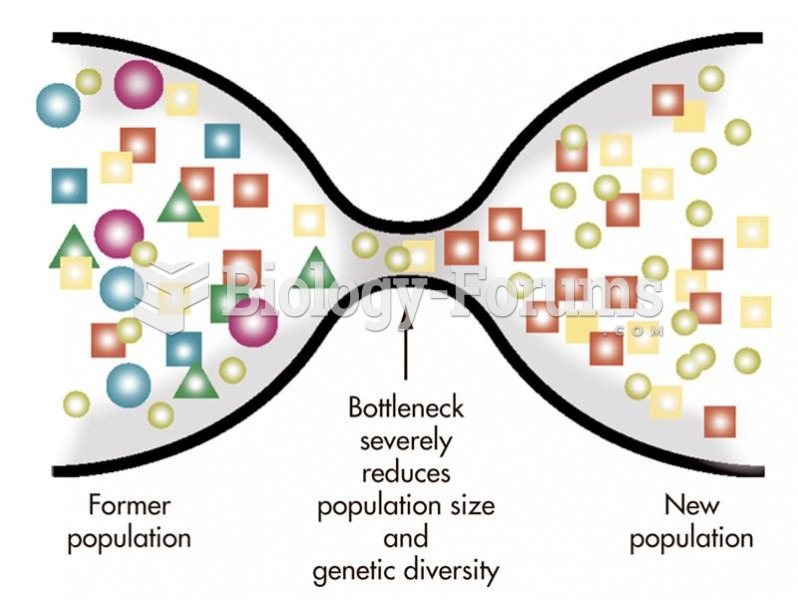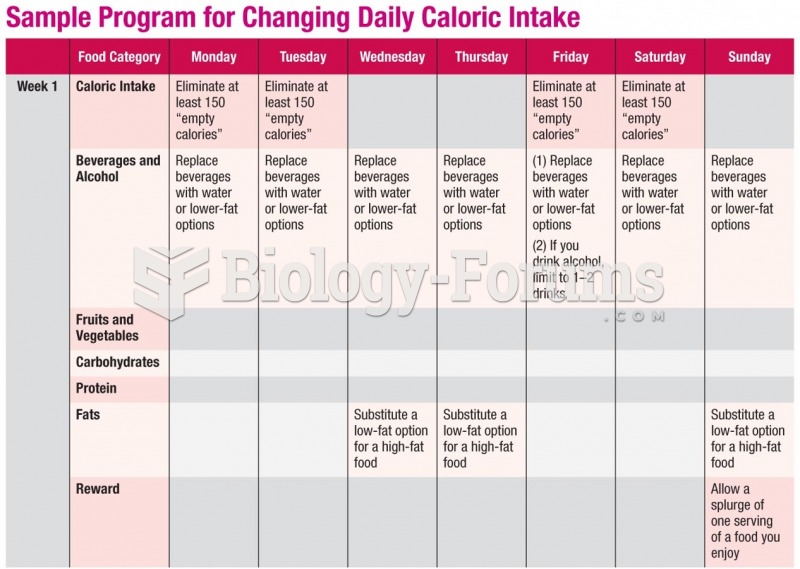|
|
|
More than 150,000 Americans killed by cardiovascular disease are younger than the age of 65 years.
The calories found in one piece of cherry cheesecake could light a 60-watt light bulb for 1.5 hours.
More than 30% of American adults, and about 12% of children utilize health care approaches that were developed outside of conventional medicine.
Fatal fungal infections may be able to resist newer antifungal drugs. Globally, fungal infections are often fatal due to the lack of access to multiple antifungals, which may be required to be utilized in combination. Single antifungals may not be enough to stop a fungal infection from causing the death of a patient.
Prostaglandins were first isolated from human semen in Sweden in the 1930s. They were so named because the researcher thought that they came from the prostate gland. In fact, prostaglandins exist and are synthesized in almost every cell of the body.







